Windows Efficiency Magnifier
Posted: March 17, 2011
Threat Metric
The following fields listed on the Threat Meter containing a specific value, are explained in detail below:
Threat Level: The threat level scale goes from 1 to 10 where 10 is the highest level of severity and 1 is the lowest level of severity. Each specific level is relative to the threat's consistent assessed behaviors collected from SpyHunter's risk assessment model.
Detection Count: The collective number of confirmed and suspected cases of a particular malware threat. The detection count is calculated from infected PCs retrieved from diagnostic and scan log reports generated by SpyHunter.
Volume Count: Similar to the detection count, the Volume Count is specifically based on the number of confirmed and suspected threats infecting systems on a daily basis. High volume counts usually represent a popular threat but may or may not have infected a large number of systems. High detection count threats could lay dormant and have a low volume count. Criteria for Volume Count is relative to a daily detection count.
Trend Path: The Trend Path, utilizing an up arrow, down arrow or equal symbol, represents the level of recent movement of a particular threat. Up arrows represent an increase, down arrows represent a decline and the equal symbol represent no change to a threat's recent movement.
% Impact (Last 7 Days): This demonstrates a 7-day period change in the frequency of a malware threat infecting PCs. The percentage impact correlates directly to the current Trend Path to determine a rise or decline in the percentage.
| Threat Level: | 10/10 |
|---|---|
| Infected PCs: | 9 |
| First Seen: | March 17, 2011 |
|---|---|
| Last Seen: | January 8, 2020 |
| OS(es) Affected: | Windows |
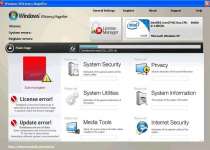 Windows Efficiency Magnifier is a rogue security application that uses fake system warnings and poor imitations of scanner functions as tools to defraud PC users of their money. Delivery of Windows Efficiency Magnifier onto your system can be caused by several means, but the most likely one is through a fake Microsoft Security Essentials Alert Malware. In addition to the above problems, computers with Windows Efficiency Magnifier may also have browser applications hijacked, system settings changed arbitrarily and security applications blocked. Removing Windows Efficiency Magnifier instead of paying for Windows Efficiency Magnifier is the only action that will get your computer back to a state of security again.
Windows Efficiency Magnifier is a rogue security application that uses fake system warnings and poor imitations of scanner functions as tools to defraud PC users of their money. Delivery of Windows Efficiency Magnifier onto your system can be caused by several means, but the most likely one is through a fake Microsoft Security Essentials Alert Malware. In addition to the above problems, computers with Windows Efficiency Magnifier may also have browser applications hijacked, system settings changed arbitrarily and security applications blocked. Removing Windows Efficiency Magnifier instead of paying for Windows Efficiency Magnifier is the only action that will get your computer back to a state of security again.
Putting a Magnifying Glass Over Windows Efficiency Magnifier
Like many other rogue security applications, Windows Efficiency Magnifier infects new PCs through heavy use of Trojans, particularly the Microsoft Security Essentials Alert Malware. This Trojan creates an error pop-up that looks just like a Microsoft Security Essentials Alert and warns the user about an Unknown Win32/Trojan infection. Unlike a real Windows warning, however, the Trojan will suggest that you install unspecified software to remove the problem.
This software is actually a rogue security application and will start up with Windows right after the corresponding reboot. With dozens of rogue security programs being carried by this Trojan, the threat may seem too much to handle, until you realize that Windows Efficiency Magnifier and all Windows Efficiency Magnifier's relatives are just copies of one another using different names on top!
Attacks associated with Windows Efficiency Magnifier and Windows Efficiency Magnifier's differently-named copies include, but aren't restricted to:
- Fake error pop-ups and system scans that convince the user that their PC is full of infections and other system problems. Don't buy Windows Efficiency Magnifier to solve any of these problems - actually, they're false alarms deliberately caused by this threat.
- Browser applications that redirect themselves to dangerous websites, or display other undesirable behavior like advertisements and warnings that prevent you from navigating real computer security websites. Typically, rogue security programs like Windows Efficiency Magnifier cause this by changing your browser to use a proxy server that interferes with every site you try to visit.
- Apparent 'infections' and other issues with programs that prevent your previous software from working. Windows Efficiency Magnifier may create false warnings specifically to stop you from running an anti-malware scanner and cleaning out the rogue security application.
Getting Back to Real Efficiency – Minus Windows Efficiency Magnifier
Deleting Windows Efficiency Magnifier will do more for your computer's security than paying for this fake security product ever would. For those who've already given up their money to try to end this nuisance, a quick conversation with your credit card company should let you cancel the fraudulent charges.
Because Windows Efficiency Magnifier is likely to stop you from using the appropriate anti-malware applications that could remove Windows Efficiency Magnifier, you first need to stop Windows Efficiency Magnifier itself from launching. Using a Safe Mode-based boot tends to be the most direct and simple way of accomplishing this.
Technical Details
File System Modifications
Tutorials: If you wish to learn how to remove malware components manually, you can read the tutorials on how to find malware, kill unwanted processes, remove malicious DLLs and delete other harmful files. Always be sure to back up your PC before making any changes.
The following files were created in the system:%AppData%\Microsoft\hrxlla.exe
File name: hrxlla.exeSize: 2.32 MB (2327552 bytes)
MD5: f0783d32bf42ae966a6f4e291caa7f76
Detection count: 36
File type: Executable File
Mime Type: unknown/exe
Path: %AppData%\Microsoft
Group: Malware file
Last Updated: January 8, 2020
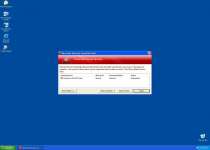
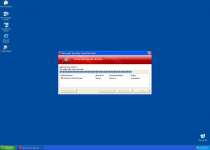
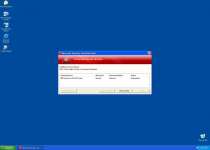

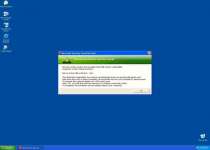
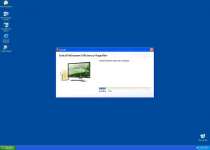
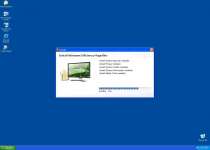



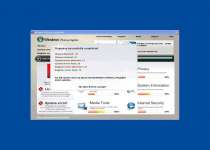
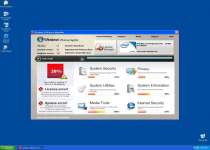
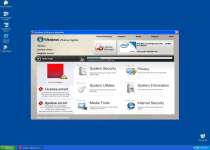
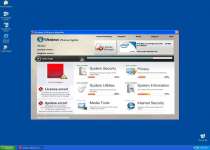
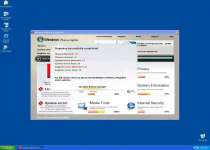
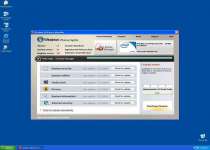
Leave a Reply
Please note that we are not able to assist with billing and support issues regarding SpyHunter or other products. If you're having issues with SpyHunter, please get in touch with SpyHunter customer support through your SpyHunter . If you have SpyHunter billing questions, we recommend you check the Billing FAQ. For general suggestions or feedback, contact us.